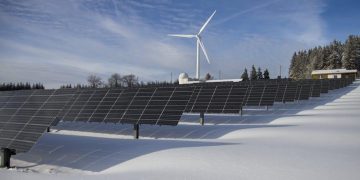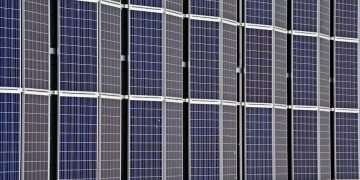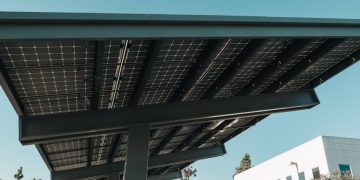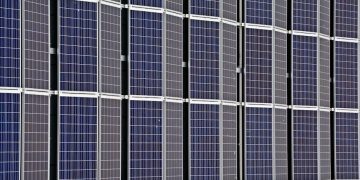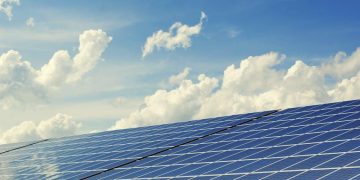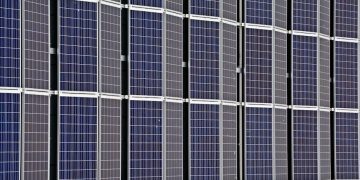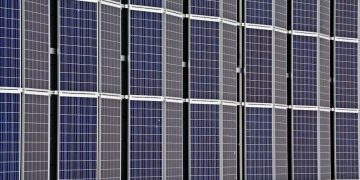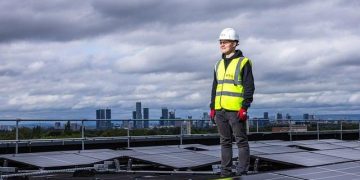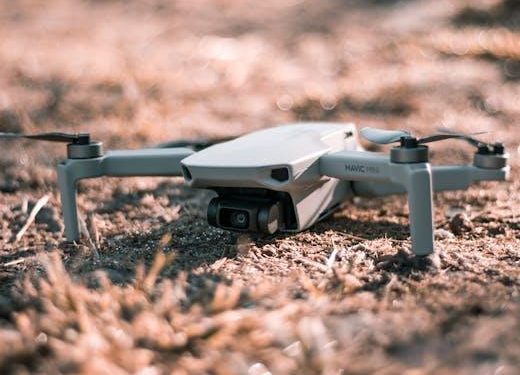In a world increasingly powered by the sun, the marriage of technology and sustainability promises a brighter, cleaner future. As solar energy systems continue to evolve, they are accompanied by a new wave of sophisticated sensors designed to optimize every ray of sunlight. These advanced solar sensors, with their ability to track, analyze, and enhance energy capture, seem like the perfect partners for cutting-edge solar setups. Yet, amidst this technological marvel, a question arises: Are these high-tech sensors more than what basic solar systems need? This article delves into the debate, exploring whether the sophistication of advanced solar sensors is a necessary evolution or an extravagant embellishment for simpler solar configurations. Join us as we navigate the balance between innovation and practicality in the quest for the most efficient solar solutions.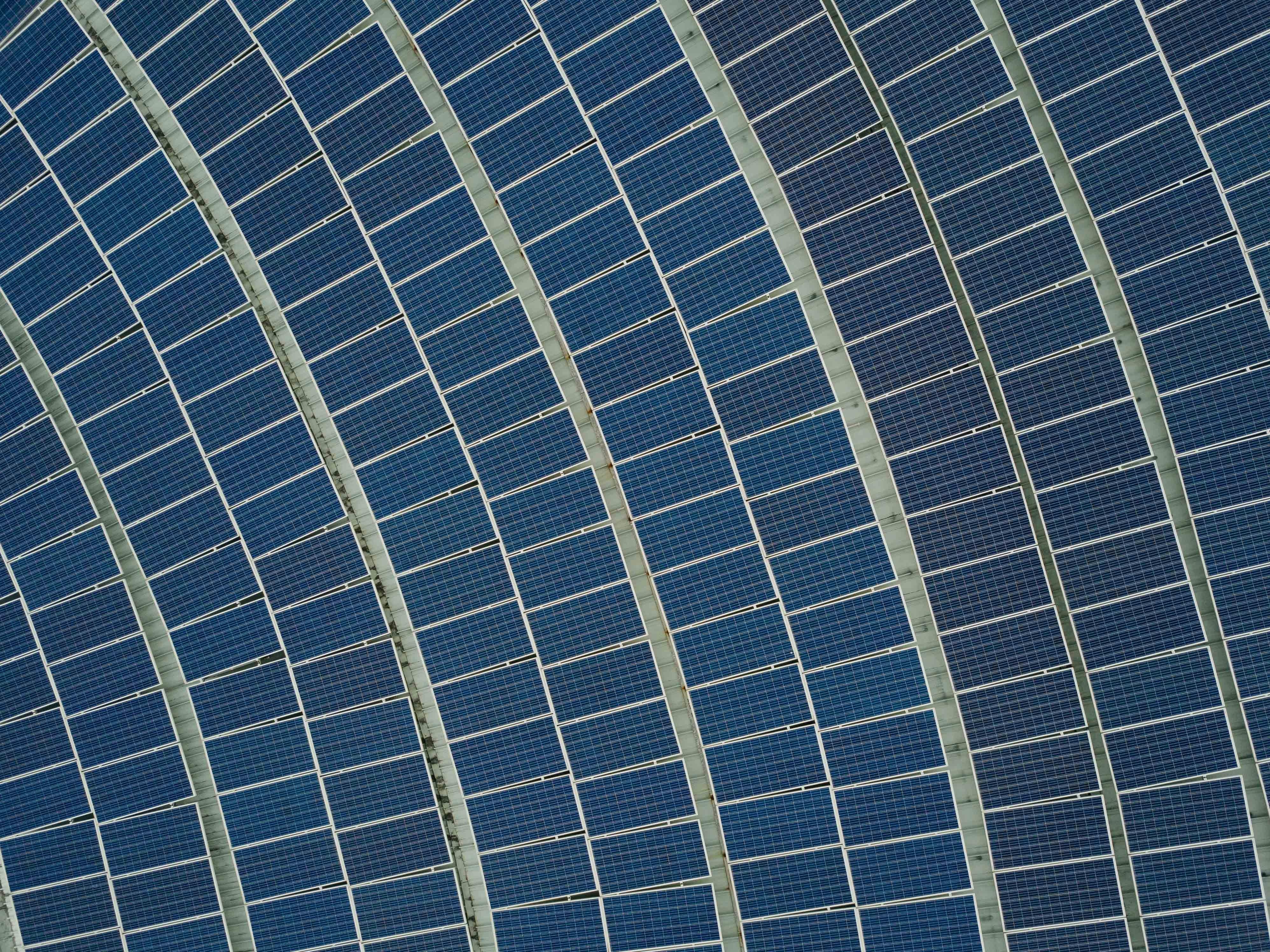
Understanding the Role of Solar Sensors in Energy Efficiency
In the realm of solar energy, sensors play a crucial role in optimizing system performance. Solar sensors are instrumental in capturing real-time data that reflects various environmental conditions. This data helps adjust the positioning of solar panels, maximizing their exposure to sunlight. However, the complexity of the sensors can vary significantly, and while advanced models offer intricate data analysis, they might not always be necessary for basic systems.
- Environmental Monitoring: Basic sensors can effectively monitor sunlight intensity and temperature, providing sufficient data to ensure energy systems operate efficiently.
- System Compatibility: Not all solar systems require advanced sensors. For smaller installations, simple sensors can adequately meet energy efficiency needs without the added cost and complexity of high-tech alternatives.
- Cost vs. Benefit: Investing in high-end sensors might not yield proportional benefits for straightforward setups. It’s essential to weigh the initial investment against the potential energy savings.
Assessing Cost-Benefit Dynamics in Basic Solar Systems
When evaluating the financial implications of incorporating advanced solar sensors into basic solar systems, one must weigh both the costs and benefits involved. Basic solar setups, designed for efficiency and simplicity, often aim to deliver energy independence with minimal investment. Here, advanced sensors might seem like an excessive addition, considering they can significantly increase the initial setup cost. However, their potential to optimize energy capture and enhance system longevity could present a compelling argument for their inclusion.
- Efficiency Gains: Advanced sensors can fine-tune energy collection, potentially increasing overall efficiency by adjusting panel orientation based on real-time sunlight conditions.
- Maintenance and Monitoring: These sensors offer precise monitoring capabilities, alerting users to issues that could otherwise lead to costly repairs.
- Longevity of Equipment: By ensuring optimal operation, they may extend the lifespan of solar panels, offering long-term savings that offset the initial expense.
Ultimately, the decision to integrate advanced sensors should consider the specific energy goals and budget constraints of the user. While basic systems are capable of providing adequate energy solutions, the potential enhancements brought by advanced technology cannot be overlooked for those seeking to maximize their system’s performance and sustainability.
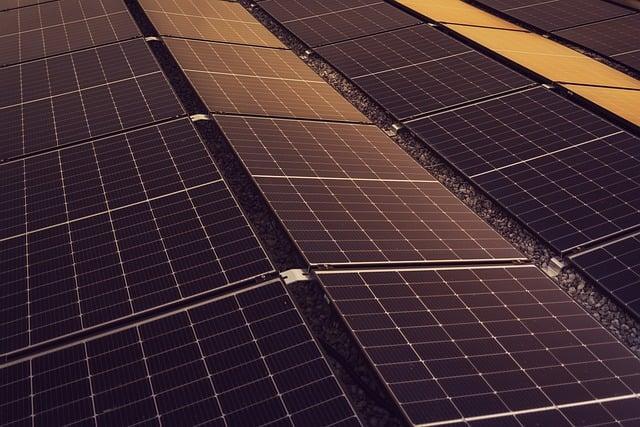
Balancing Innovation with Practicality in Solar Technology
As the solar industry continues to evolve, the debate between innovation and practicality becomes more pronounced. Advanced solar sensors offer unprecedented precision in tracking sunlight and optimizing energy conversion, but are they truly necessary for basic systems? On one hand, these sensors can maximize efficiency and adapt to fluctuating environmental conditions. On the other, the cost and complexity might not justify their use in simpler installations.
- Cost vs. Benefit: While high-tech sensors promise better performance, their price tag might not align with the budget constraints of smaller projects.
- Complexity: Advanced systems often require specialized knowledge for installation and maintenance, potentially deterring those seeking straightforward solutions.
- Adaptability: Basic systems with simpler sensors may offer greater flexibility and ease of use for those prioritizing practicality over cutting-edge technology.
In the quest for balance, it’s crucial to assess the specific needs of each solar project. Prioritizing practicality doesn’t necessarily mean foregoing innovation; rather, it involves choosing the right innovations that serve the intended purpose without unnecessary complications.

Expert Recommendations for Choosing the Right Solar Sensors
When it comes to selecting solar sensors, the choice isn’t always straightforward. It’s essential to consider several factors to ensure you’re getting the right technology for your needs without overspending. Functionality is a crucial aspect. Ask yourself what you need the sensors to accomplish. If your system requires simple data like basic sunlight exposure and temperature readings, then more advanced models might indeed be excessive. However, if you anticipate expanding your system or integrating it with smart home technologies, investing in a more sophisticated option could prove beneficial in the long run.
Budget considerations cannot be overlooked. While high-end sensors offer a plethora of features, they often come with a hefty price tag. Consider your financial plan and weigh the cost against the potential benefits. Durability and maintenance are other key factors. Look for sensors that are built to withstand your local weather conditions and require minimal upkeep. A durable sensor can save you money and hassle over time. Lastly, consider the compatibility of the sensors with your current setup. Ensuring they integrate seamlessly can prevent future headaches and additional expenses.
- Evaluate the required functionality
- Assess your budget limitations
- Consider durability and maintenance needs
- Check compatibility with existing systems
Final Thoughts
In the ever-evolving landscape of solar technology, the debate over the necessity of advanced solar sensors for basic systems continues to flicker like a candle in the wind. As we’ve journeyed through the nuances of this topic, it’s clear that the answer is not a simple binary. Advanced sensors offer a kaleidoscope of possibilities, enhancing efficiency and optimizing energy output in ways that were once unimaginable. Yet, for many, the question remains: is the investment justified for a basic setup?
Ultimately, the decision rests on the unique needs and aspirations of each solar enthusiast. For some, the allure of cutting-edge technology and the promise of long-term gains make advanced sensors an irresistible choice. For others, simplicity and cost-effectiveness reign supreme, with basic systems providing a satisfactory solution to their energy needs.
As the sun sets on our exploration of this topic, it’s important to remember that the future of solar energy is as bright as the sun itself. Whether you choose to embrace the sophistication of advanced sensors or stick with the tried-and-true basics, the path you take is a step toward a more sustainable future. So, let your energy choices be guided by your goals, your budget, and the sunlight that bathes your unique corner of the world.


